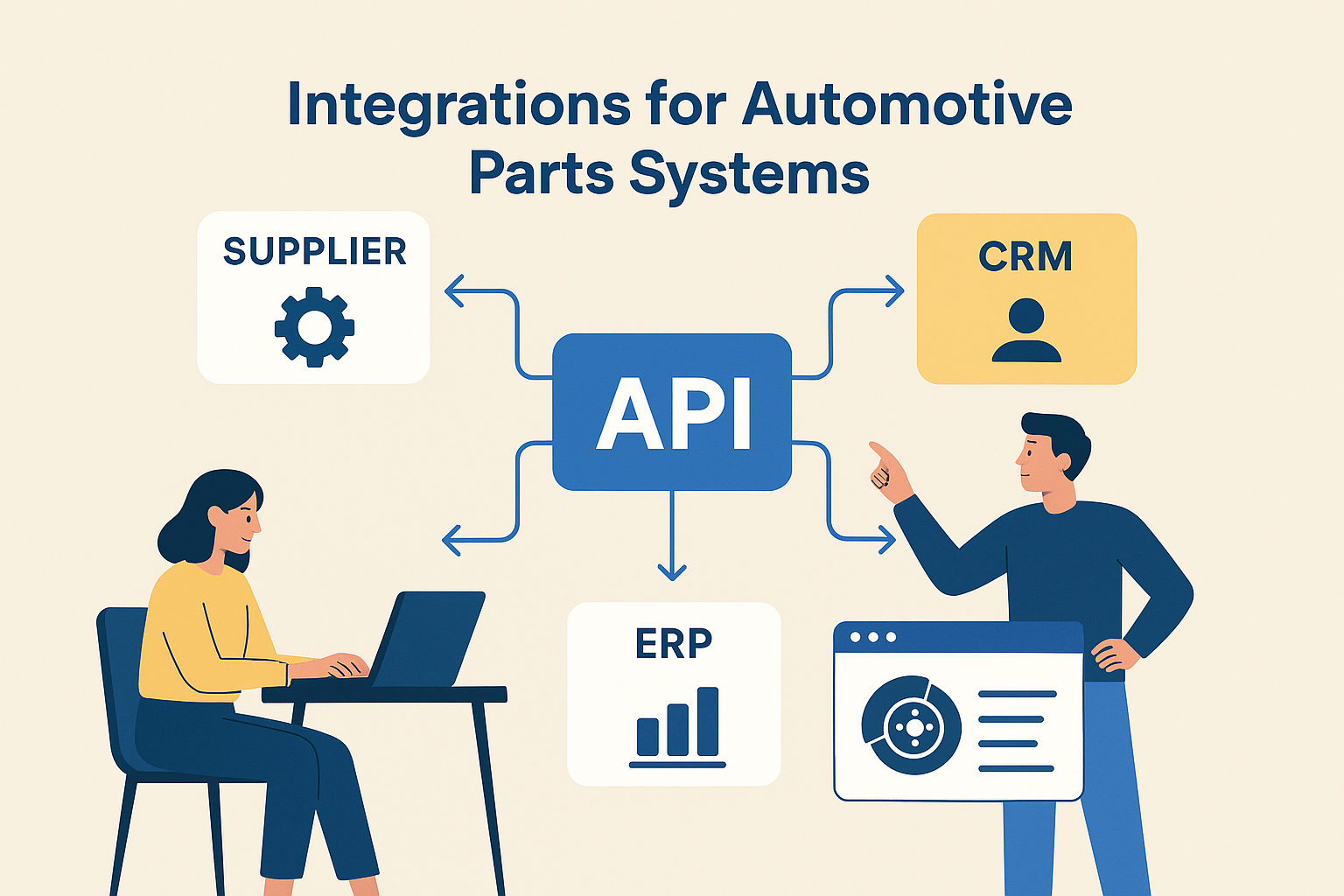What are regional networks and how do they work in auto parts business?
Complete guide to regional networks in auto parts business: retail networks, financial institutions, expansion strategies and implementation for multi-location operations.
Regional Networks: Comprehensive Guide for Auto Parts Business Expansion
Regional networks represent integrated infrastructure systems united under single management within specific geographical areas. The emergence of regional networks addresses the growing need for enhanced efficiency and better management of multiple retail locations, branches, and enterprises. This concept applies both technically and strategically when developing auto parts e-commerce platforms designed to serve multiple regions.
Regional Retail Networks in Auto Parts
As consumers across Russia encounter various retail structures, creating effective auto parts online stores becomes crucial for businesses expanding in this sector. Regional retail networks comprise interconnected trading points featuring:
- Unified Accounting Systems - Centralized financial and inventory management
- Corporate Culture - Consistent brand identity and service standards
- Integrated Logistics - Shared distribution and supply chain operations
- Multiple Formats - Hypermarkets, discount stores, neighborhood shops, and supermarkets
Regional Financial Institution Networks
Web resources serve as the core of regional financial structures:
- Public and Private Sections - Differentiated access for customers and management
- Electronic Address Systems - Digital identification and communication platforms
- Certified Network Software - Secure, approved applications for financial operations
- Online Personal Support - Real-time customer service and technical assistance
Regional vs Federal Networks
Economists view regional networks as crucial stepping stones toward federal network development:
- Scale Differences - Federal networks operate across wider geographical areas
- Origin Patterns - Most federal networks begin as capital city operations
- Market Adaptation - Federal strategies don't always translate effectively to regions
- Demographic Considerations - Moscow-focused approaches may not suit regional markets
- Service Level Variations - Premium branding works in affluent areas but not necessarily elsewhere
Integration Strategies: Regional to Federal
The question of merging regional networks into nationwide operations requires careful consideration:
- Brand Recognition Limitations - Non-brand conscious regions respond better to local networks
- Complementary Relationships - Regional and federal networks can coexist and support each other
- Market Specialization - Regional networks understand local customer needs and preferences
- Investment Attraction - Established networks demonstrate business success to investors
Business Advantages of Regional Networks
Regional management offers distinct benefits for auto parts businesses:
- Investment Growth - Federal entity expansion attracts additional funding
- Business Prosperity Indicators - Network presence signals successful capital deployment
- Market Penetration - Better understanding and service of local customer needs
- Operational Flexibility - Ability to adapt to regional market conditions
Implementation Considerations
Successful regional network development requires:
- Technology Infrastructure - Robust computer systems and network architecture
- Human Element - Skilled management and staff understanding local markets
- Standardized Processes - Consistent operations across all locations
- Local Adaptation - Flexibility to meet regional customer expectations
- Scalable Systems - Infrastructure supporting future expansion
Application to Auto Parts E-commerce
For auto parts businesses considering regional network development:
- Multi-location inventory management systems
- Regional pricing and promotion strategies
- Localized marketing and customer service
- Unified catalog and search capabilities
- Integrated order fulfillment across locations
Regional networks represent a powerful growth strategy for auto parts businesses seeking to expand beyond single-location operations. By balancing technological infrastructure with human expertise and local market understanding, businesses can build successful networks that serve diverse regional markets while maintaining operational efficiency and brand consistency.








